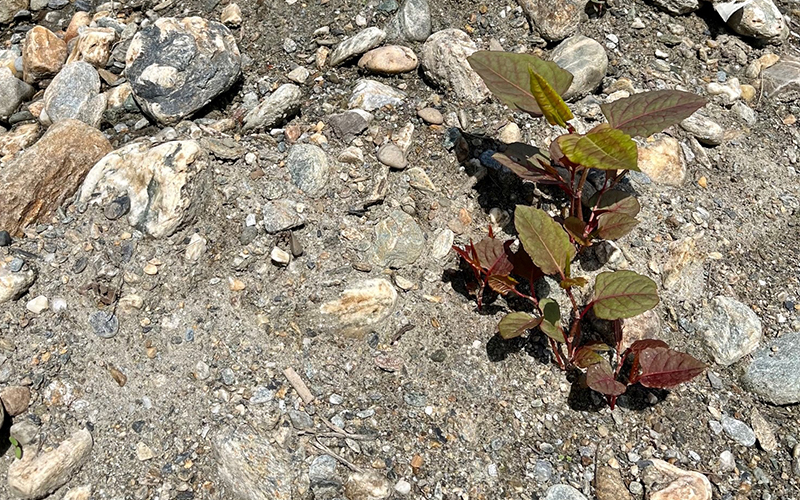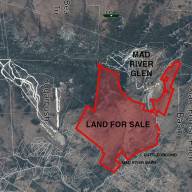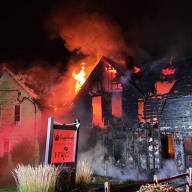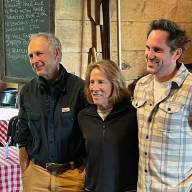As local volunteers, UVM interns and conservation commissioners continue their work to manage and eradicate knotweed infestations throughout The Valley and the Mad River watershed, they are warning that gravel can be a significant source of spreading the invasive species.
“One of the main routes for knotweed spread is contaminated gravel and fill that is moved around The Valley. Those securing gravel or fill should ask if it is knotweed free and after new gravel or fill is used, the site should be monitored closely for signs of knotweed growth. If new infestations are caught early they can be eradicated,” said Waitsfield Conservation Commission chair Curt Lindberg in an email.
“The Waitsfield road crew is aware of the risk and careful as we have regular interactions with the crew leaders,” he said. “If homeowners locate knotweed early, they can pull, dig, or cut it until it's eradicated. New infestations can be eradicated with repeated attention.”
The invasive species Japanese knotweed can be found along riverbeds and wet areas throughout Vermont, including all along the Mad River that runs through The Valley. The ubiquitous plant can damage native plants, insect populations, and waterways. According to Vermont Fish and Wildlife’s website, “Knotweed outcompetes and replaces native vegetation. This loss hurts insect populations which depend on native plants for food. As insect populations decline, fish, birds, and mammals that eat insects suffer as well. Rivers and streams also face an increased erosion risk from uncontrolled knotweed populations. The ground beneath dense growths of knotweed rarely supports other vegetation leaving the bare soil very susceptible to erosion.”
“In our survey of knotweed in Fayston, we did find some growing in a dumping area near, but not in, the town's gravel pit. This is one of our priority sites for knotweed management/eradication,” said Andrea Henderson of the Fayston Conservation Commission in an email.
In the last few years, The Warren, Waitsfield, and Fayston Conservation Commissions have led efforts to eradicate knotweed from Valley towns. Jito Coleman, chair of the Warren Conservation Commission, led local efforts to manage knotweed, which involves a combination of digging up rhizomes, which can grow to 30 feet or even more, cutting stalks, and smothering growth sites.
The Waitsfield Conservation Commission joined the efforts in 2021 and the Fayston Conservation Commission has joined the other two commissions in working to eliminate knotweed this year. Eight UVM interns are helping coordinate efforts and manage knotweed in The Valley this summer. Last year, five interns worked on eliminating knotweed in The Valley. Many local volunteers are also pitching in.
Those interested in volunteering to help eradicate knotweed in The Valley can email their local coordinator: Curt Lindberg in Waitsfield at













